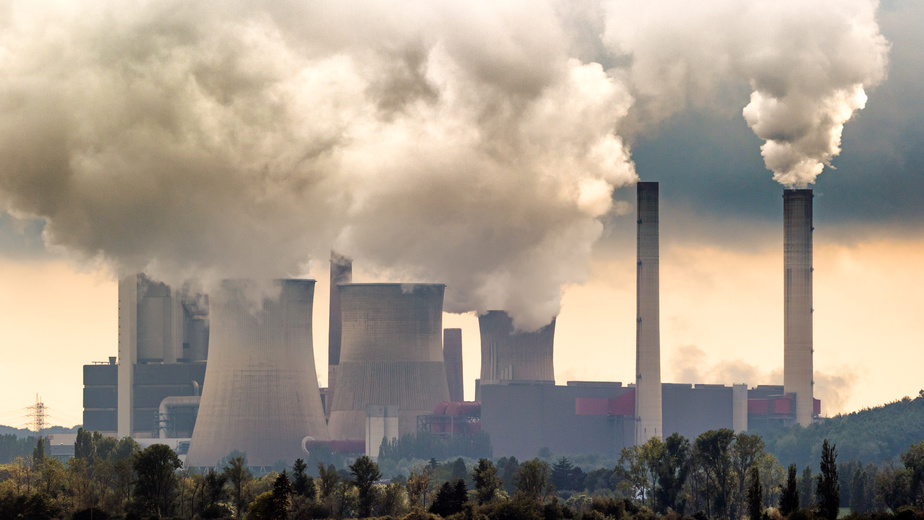Deadly air pollutant ‘disproportionately and systematically’ harms Black and Brown people
A new study reveals that highways, construction sites, and electric utilities are some of the common culprits polluting Black and Brown communities.
Black, Latino, and Asian Americans are exposed to polluted air at higher than average rates, according to a new study published in the science journal Science Advances.
The research not only confirms what leaders in the environmental justice movement have been saying for decades–that the health of Black and Brown communities is at greater risk than white Americans but also reveals that the sources of pollution are everywhere.
Read More: ‘What’s In It For Us’ talks Black environmental concerns
The study delves into fine particulate matter air pollution (PM 2.5)–a type of pollution caused by microscopic particles that are 2.5 micrometers or smaller and made from solids and liquid droplets. The EPA offers the width of a single strand of hair as an example to understand the particle size.
According to the study, the tiny size of these particles makes them inhalable, threatening damage to the respiratory system, and PM 2.5 is responsible for 85,000 to 200,000 excess or preventable deaths per year in the US.
Black Americans across all economic backgrounds are exposed to “greater than average concentrations” of this type of pollution with an exposure disparity of 21 percent. Latino and Asian Americans are also exposed to PM 2.5 at higher concentrations, while white Americans experience lower than average.
The exposure to PM 2.5 comes from coal electric utilities, construction sites, gas vehicles, highways, and other emissions sources, which underscores the reasons why environmental justice activists have long pushed back against the status quo of having harmful industrial facilities in neighborhoods of color and with lower incomes.
“These people have been dying of the same things for 50 years and in 50 years we have not come up with a solution,” Margaret Gordon, a 74-year-old Oakland-based activist who has organized against diesel trucking, freeways, and industrial plants, told the Guardian. “That’s a straight-up slap to all humanity.”

The Trump Administration minimized the disproportionate burden of air pollution on communities of color, according to documents accessed by the Washington Post. In 2017, the Trump Administration also started a process to rescind the Clean Power Plan. This Obama-era program established guidelines for greenhouse gas (GHG) emissions standards for each state and was projected to prevent 3,600 deaths per year.
Read More: 10 Black climate leaders fighting for environmental and racial justice
In March, the Biden Administration announced the launch of the White House Environmental Justice Advisory Council, which is meant to provide recommendations on ways to address current and historic injustices. It includes leaders such as Dr. Robert Bullard, Catherine Flowers, and Dr. Beverly Wright. Based on such research, it appears the road to environmental and health justice will be a long one.
“The recipe we’ve had for improving air quality for the last 50 years, which has worked well for the country overall, is not a good recipe for solving environmental inequality,” Joshua Apte, one of the authors of the study told the Washington Post.
Have you subscribed to theGrio’s new podcast “Dear Culture”? Download our newest episodes now!
TheGrio is now on Apple TV, Amazon Fire, and Roku. Download theGrio today!
